I am honoured to be in the panel for Migration and Health called ‘True Stories’ by World Health Organisation at the United Nation City in Copenhagen on Tuesday 8th of August.
Speakers:
- Bernadette Kumar, Associate Professor – Department of Community Medicine and Global Health, University of Oslo, Norway
- Domenico Sergi, Curator and Community Engagement Coordinator, Horniman Museum and Gardens, United Kingdom
- Mahboobeh Rajabi, Digital Artist, Community Arts North West, United Kingdom
Moderator:
- Dr Erinma Ochu, Lecturer, Digital Science Communication, School of Environment and Life Sciences, University of Salford, United Kingdom
The webinar focus was the importance of responsible, meaningful and compelling communication efforts to evoke positive change for migrants, refugees and host communities. During the course of the discussion, we hope to provide some food for thought about the importance of telling compelling stories in order to connect and
engage with audiences, while at the same time staying factual and reducing sensationalism.
Key Objectives:
- To offer insights into the way narratives (stories) can be constructed and communicated in order to positively impact on public opinion and government policy.
- To explore ways of effectively dispelling public health myths regarding refugees and migrants.
- To promote social inclusion and respect for diversity via formal and informal means.
I talked about Community Arts as one of the most important Social Model, Intercultural Communication and the importance of the arts and what healthcare professionals can learn and offer to effective advocacy around migration and health.
I also focused on the importance on creating opportunities for Refugees and Asylum Seekers to respond to Media to create the communication that will show their true identity and not only the traumatic image of the force leave. I explained the different methods of the responds which are the creative ways of making video, animation and theatre that both give opportunity to refugees and asylum seekers to improve their confidence and an educational tool to raise awareness to the public around their situation.
The importance of empowering the individuals was also one of the main parts of the discussion that I discussed. I mentioned the value of the support through community Arts that helps Refugee and Asylum Seekers to reconstruct their identity which is the most important key to help them to engage to society and building their lives.
I believe there is a huge need to speak up about the issues that is not getting resolved around migration and especially Refugees and all caught up to the paper works based on the structures that needs to be changed. So many organisations across the world are working on same old actions which needs a risk to change. These webinars starting by global organisations is a great start and I will be a part as much as it needs to see the change. There are so many evidence on some great projects that took risks and made changes.
It was also amazing to hear the important points from Dr Bernadette Kumar around the understanding of the myth around migrants and refugees health and what needs to be done. Also the experience of the works of Dr Domenico Sergi in the Horniman Museum and what he mentioned regarding engaging public to these works to understand migrants and refugees was the key points to take more actions.
You can watch the full webinar here soon …


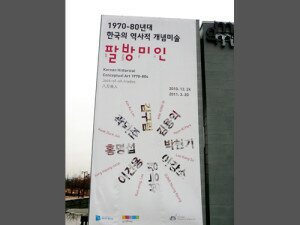


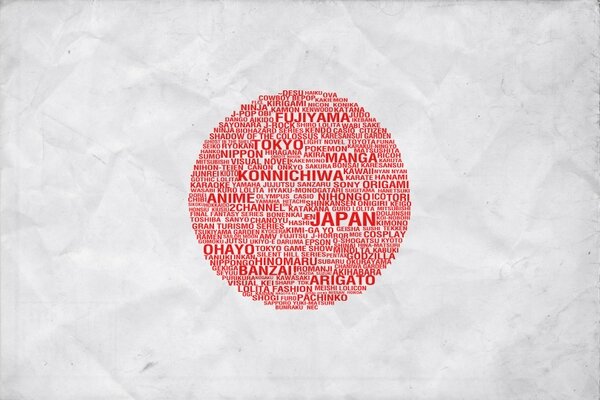
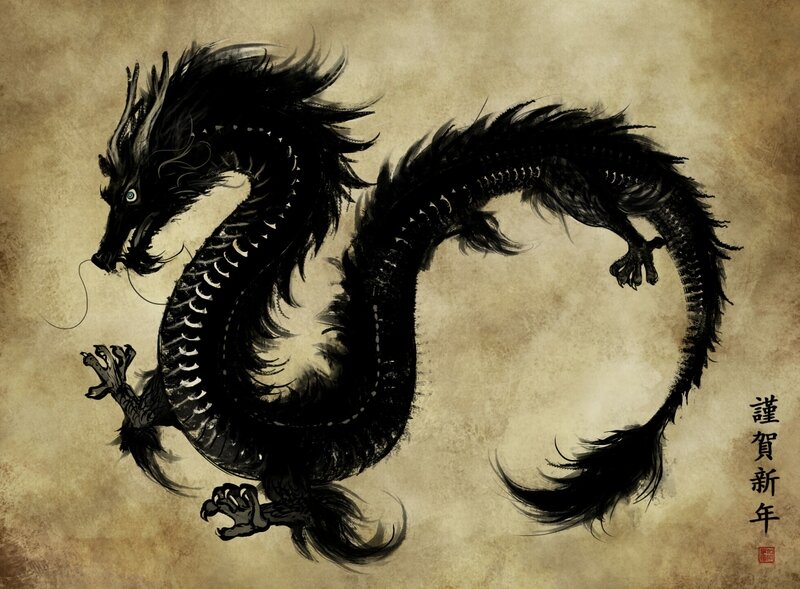
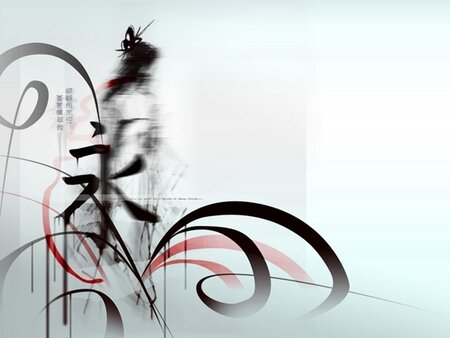
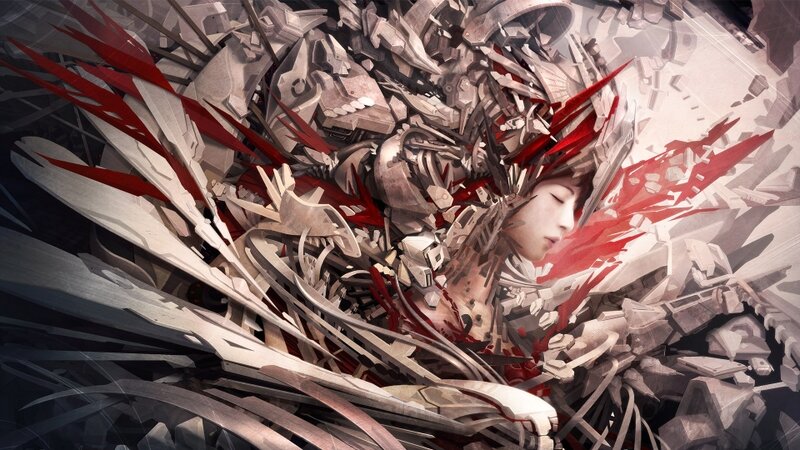
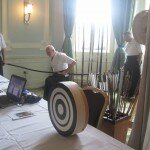
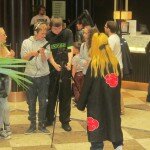


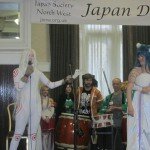

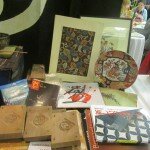
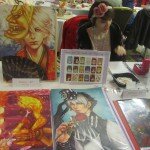
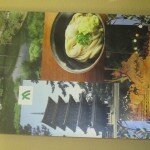
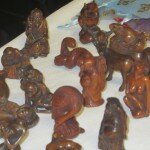


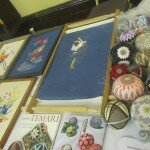
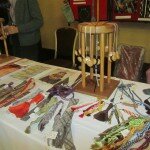

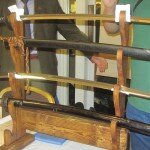
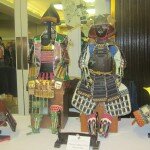
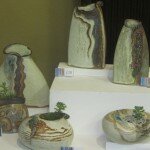


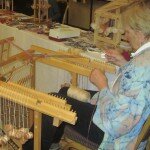
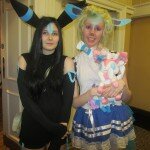
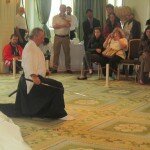
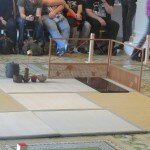
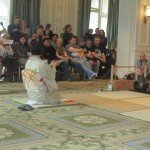

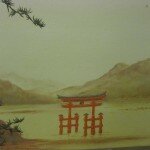





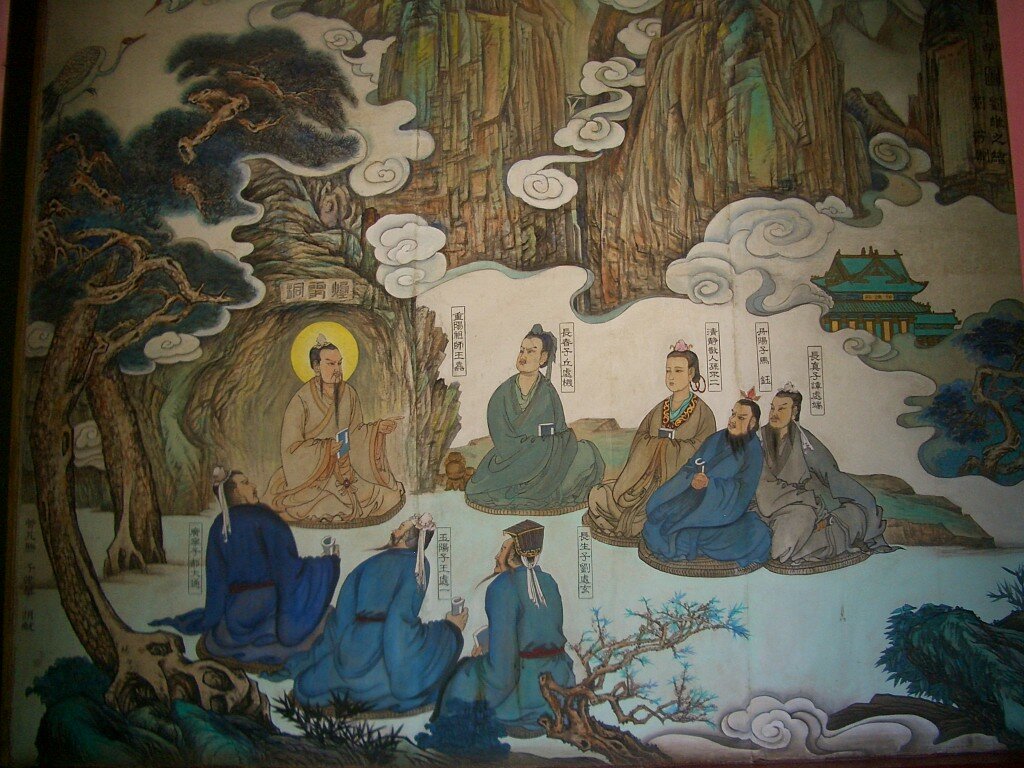
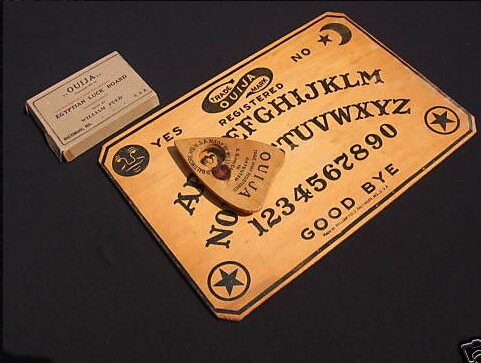





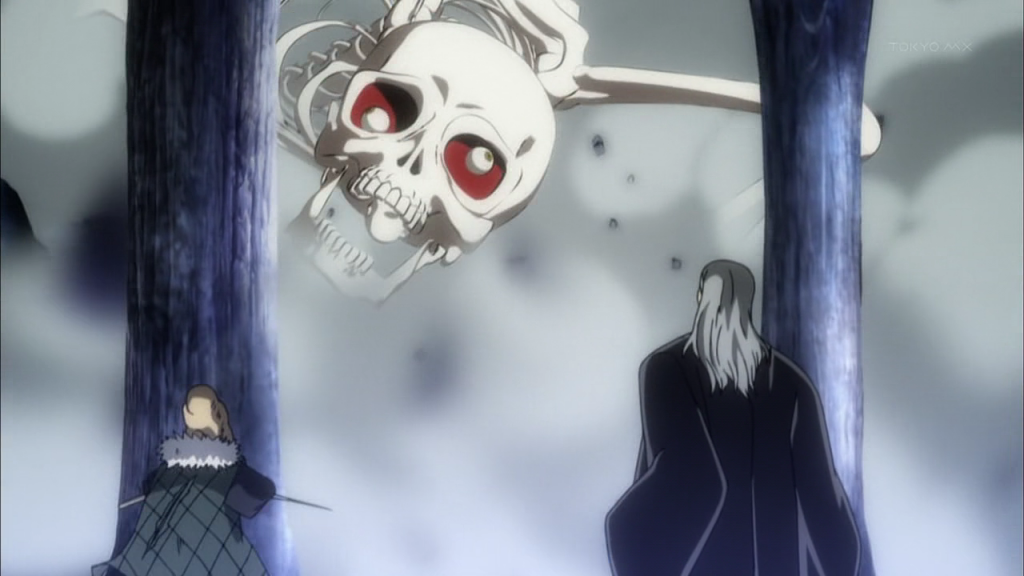







 GoodReads
GoodReads